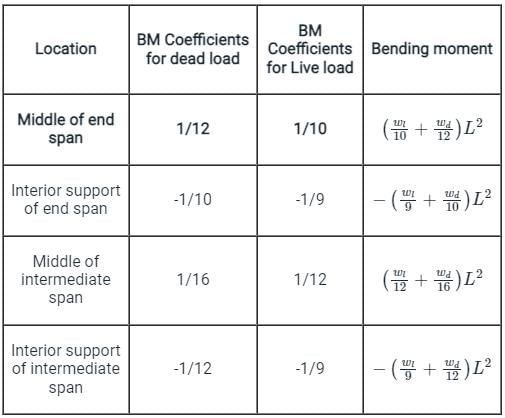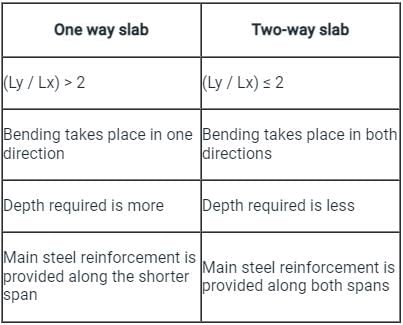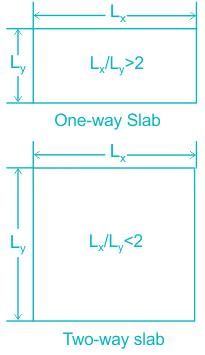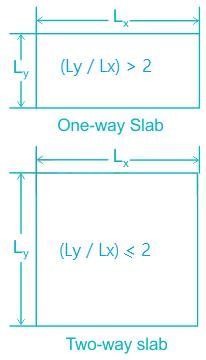Civil Engineering (CE) Exam > Civil Engineering (CE) Tests > RCC & Prestressed Concrete > Test: Two Way Slab - Civil Engineering (CE) MCQ
Test: Two Way Slab - Civil Engineering (CE) MCQ
Test Description
10 Questions MCQ Test RCC & Prestressed Concrete - Test: Two Way Slab
Test: Two Way Slab for Civil Engineering (CE) 2025 is part of RCC & Prestressed Concrete preparation. The Test: Two Way Slab questions and answers have been
prepared according to the Civil Engineering (CE) exam syllabus.The Test: Two Way Slab MCQs are made for Civil Engineering (CE) 2025 Exam. Find important
definitions, questions, notes, meanings, examples, exercises, MCQs and online tests for Test: Two Way Slab below.
Solutions of Test: Two Way Slab questions in English are available as part of our RCC & Prestressed Concrete for Civil Engineering (CE) & Test: Two Way Slab solutions in
Hindi for RCC & Prestressed Concrete course. Download more important topics, notes, lectures and mock
test series for Civil Engineering (CE) Exam by signing up for free. Attempt Test: Two Way Slab | 10 questions in 30 minutes | Mock test for Civil Engineering (CE) preparation | Free important questions MCQ to study RCC & Prestressed Concrete for Civil Engineering (CE) Exam | Download free PDF with solutions
Test: Two Way Slab - Question 1
How much portion of steel that should extend beyond the faces of support at discontinuous edges of two-way slab due to negative moments at discontinuous edges ? Where 'l' is effective span of slab.
Detailed Solution for Test: Two Way Slab - Question 1
Test: Two Way Slab - Question 2
In case of two way slab the ratio of the long span to the short span is
Detailed Solution for Test: Two Way Slab - Question 2
Detailed Solution for Test: Two Way Slab - Question 3
Detailed Solution for Test: Two Way Slab - Question 4
Test: Two Way Slab - Question 5
Lifting of the corners of slab is prevented by providing _____ reinforcement.
Detailed Solution for Test: Two Way Slab - Question 5
Test: Two Way Slab - Question 6
As per IS code, calculate the negative moment coefficient in the case of the two-way slab, if the positive moment coefficient is 0.3.
Detailed Solution for Test: Two Way Slab - Question 6
Test: Two Way Slab - Question 7
According to IS 456, two-way slabs with corners held down are assumed to be divided in each direction into middle strips and edge strips such that the width of the middle strip is?
Detailed Solution for Test: Two Way Slab - Question 7
Test: Two Way Slab - Question 8
In two – way slabs, the torsional reinforcement is provided at:
Detailed Solution for Test: Two Way Slab - Question 8
Detailed Solution for Test: Two Way Slab - Question 9
Detailed Solution for Test: Two Way Slab - Question 10
|
13 videos|42 docs|34 tests
|
Information about Test: Two Way Slab Page
In this test you can find the Exam questions for Test: Two Way Slab solved & explained in the simplest way possible.
Besides giving Questions and answers for Test: Two Way Slab, EduRev gives you an ample number of Online tests for practice



























